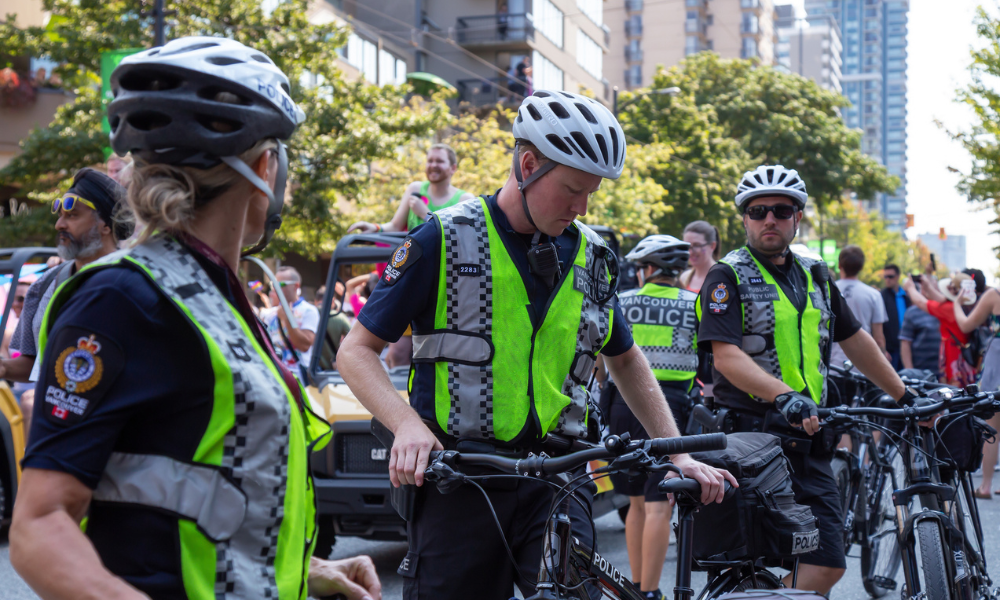I have never met a bad kid, but I’ve encountered ones who have done very bad things.
In the midst of having my driveway paved, a worker and I talked about kids who get in trouble with the law. He coaches skiing to youngsters, and he said, “There are no bad kids.”
I agreed. I have never met a bad kid, but I’ve encountered ones who have done very bad things.
Sometimes, after a day in juvenile criminal court or sitting on a protection/apprehension case, I would drive home feeling useless and defeated by the lack of tools and resources available to us in the courts to help young people in trouble. I would tell myself I should quit the law, buy a big house, hire a housekeeper and offer some of those kids a home, tell them how wonderful they are, as I was told all my life, not what miserable little rats they are, as they have been told all their lives.
I thought of a youngster who I will call Jack. In the late seventies, he was about 13 and had committed dozens of break-and-enters. The police kept picking him up and taking him back to his beautiful but dizzy young mother, with the usual side trip to the cells and juvenile court.
On every court appearance, Jack’s mother would appear, tell me again that she was sure Jack would not do it again and that she had found a new dad to replace the one that had deserted them many years before.
The latest new dad was always someone who had been on the scene for a few days at most, but she was sure this was the one.
We had tried every resource in existence to try and keep Jack out of trouble, and finally he was in custody in a group home under strict supervision. On his regular reporting trips to the court, the reviews from the group home workers were encouraging — so much so that Jack was going to be allowed to go on a week’s summer camp with others, still closely supervised. It was an outward-bound trip that often helped young kids or at least gave them something they’d never had a chance to experience.
The night before they were all to leave, Jack leaped out of a second-floor bathroom window to run away, but he broke his arm badly in the fall. He was in hospital getting pins and screws to repair the break. He would be in hospital for at least a week. The social workers guessed that he was terrified of the coming trip and responsibilities.
I drove home that Friday with the familiar thoughts about the uselessness of my role with these young people.
I was going out with friends that evening. Before I went, I baked a batch of chocolate chip cookies. I arrived at the hospital, cookies in hand for the sad delinquent.
After that, Jack would sometimes come and sit in the court, just to say hello. In my remaining years there, there were no new charges. I am sometimes asked what has been the hardest part about being a judge. It’s the kids. They stay with you.
During my years on the bench, I have often been asked (accused), “You’re not one of those bleeding-heart liberal judges, are you?”
To which I reply, “You bet. One of those.”
And I add, “Come and sit in our courts for a while.”
Or read the papers; an article on an aboriginal teen suicide in Alberta. A 15-year-old who tried five times to kill himself before being successful, who had been in and out of government care until age 10, then was made a permanent guardian of the state. In the last five years of his life, from 10 to 15, he had eight different case workers and 13 foster placements.
Or take the 12- or 13-year-old who was turned in to the police by his parents because he had again stolen money out of his mother’s purse. The parents were sitting in court behind the slight youngster, who was standing before me. The prosecutor laid out the charge, and the mother stood up suddenly and told me what a total failure this child was. “He isn’t of our blood anyway. He’s adopted. He has never been any good.”
The father nodded in agreement. The boy, still standing, was weeping silently, tears streaming down his face.
I have sent to prison young and older males with long records and personal histories that defy belief. The juvenile and adult records and family histories would come before me as a judge when the pre-sentence reports, compiled by the probation and social service workers, were filed, with submissions and evidence tendered by counsel for the Crown and defence.
One young accused had a juvenile record for a number of property crimes. By the age of 19, he had been in 56 foster homes. He had been apprehended by child welfare at the age of one when it was discovered he had been raped by his father. He was assaulted both physically and sexually in more than one of the many foster homes.
I found a 31-one-year-old man guilty for his part in an ill-conceived, drug-fuelled bank robbery. The total take was $345, except the dye pack blew up right outside the bank.
His early years were horrific. His father was unknown. He was savagely abused by his mother and her boyfriends as an infant, locked in a room for days on end, tied up and repeatedly submerged in water, his hands held to burn on stove elements.
He was finally taken into care at age five, diagnosed with ADHD and, from age five to 18, he was in 52 foster homes. In seven of those homes, he was physically and sexually abused. One of his foster homes was that of Donald Bakker, then a well-regarded justice of the peace, who later gained infamy as Canada’s first convicted sex trafficker, a pedophile known for his sadistic sexual treatment of children in Thailand and women in Canada.
I know there were judges other than me who had to think “How would society like me to punish this youth or man? To really teach him a lesson. What more can I do to him that will beat what has already been done?”
--
Nancy Morrison practised law and adjudicated in Ontario, Saskatchewan, British Columbia, Yukon and the Northwest Territories. As a judge, she served nine years on the British Columbia Provincial Criminal Court, and later, 15 years on the Supreme Court of British Columbia. “Building Bigger Prisons” is an excerpt from her new book Benched: Passion for Law Reform.










